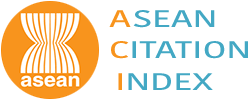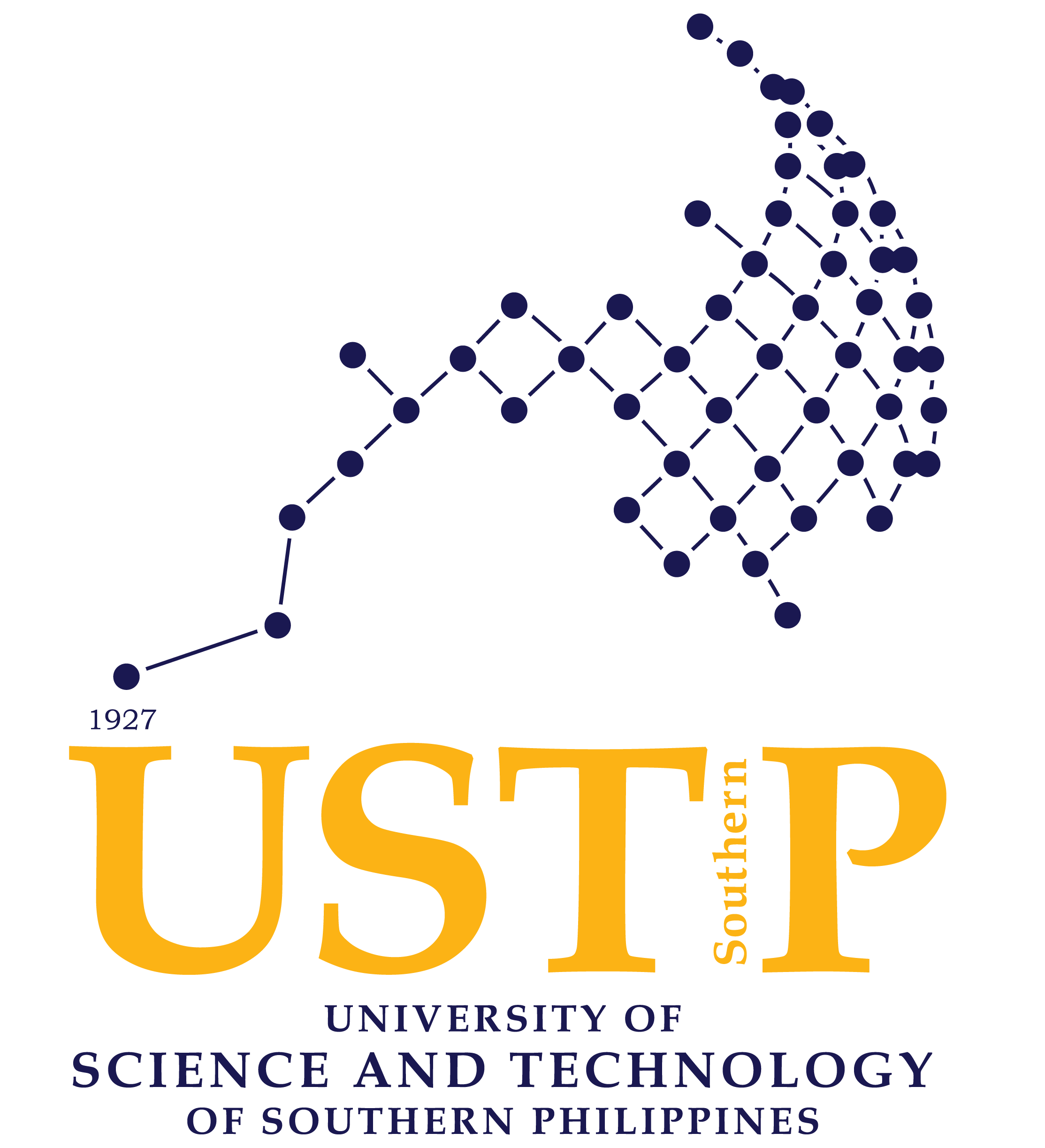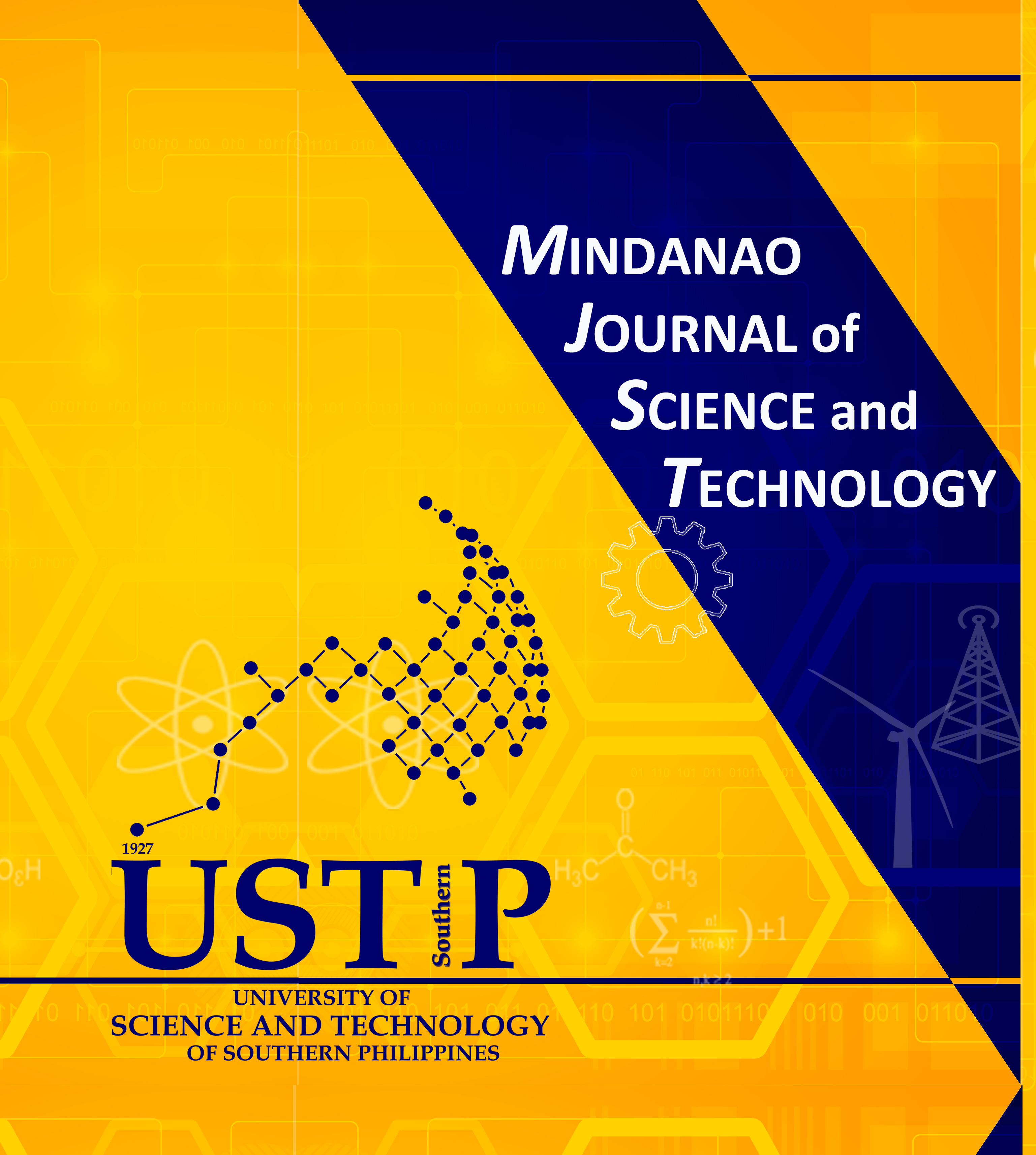Effect of Purchasing Time and Market Stall on the Physicochemical Characteristics and Microbiological Quality of Broiler Breast and Thigh Sold in a Public Market within Los Baños, Laguna
DOI:
https://doi.org/10.61310/mjst.v23i1.2393Keywords:
chicken, microbiological quality, physicochemical characteristics, time, wet marketAbstract
In the Philippines, >70% of chicken meat is distributed through wet markets with uncertain quality attributes at point-of-sale. Thus, it is important to determine the effect of purchasing time and market stall on the physicochemical and microbiological qualities of raw chicken breast and thigh. Samples were purchased from two randomly selected stalls at 7:00 AM, 11:00 AM, and 3:00 PM. Aerobic plate count (APC) and enumeration of E. coli and total coliforms were conducted. Temperature, pH, meat color, water-holding capacity (WHC), thiobarbituric acid reactive substances (TBARS), and Warner-Bratzler shear force (WBSF) were measured. For chicken breast, there was a significant interaction between purchasing time and market stall for the microbiological quality, temperature, pH, WBSF, and color. There was a significant interaction between the microbiological quality and temperature for the chicken thigh. For breast, pH negatively correlated with APC, log CFU/g E. coli, and total coliforms (r = -0.43, r = -0.60, r = -0.38, respectively, n = 36, p < 0.05). For chicken thigh, temperature positively correlated with APC, log CFU/g E. coli, and total coliforms (r = 0.44, r = 0.72, r = 0.62, respectively, n = 36, p < 0.05). Log CFU/g E. coli positively correlated to pH and TBARS (r = 0.54, r = 0.33, respectively, n = 36, p < 0.05). The study revealed that the effects of purchasing time on the quality of chicken meat depend on the market stall conditions.










